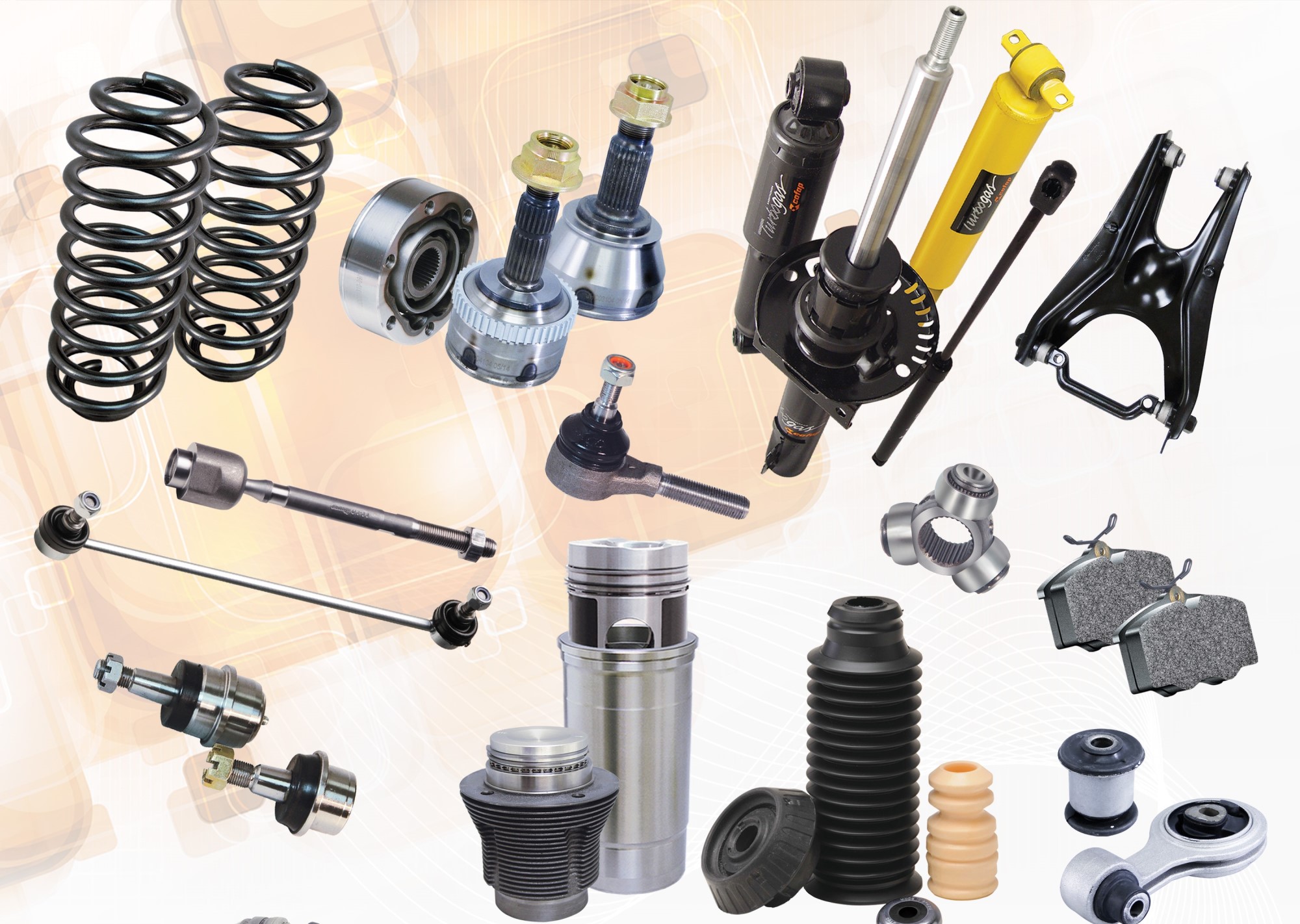Total parts and components purchases from abroad fell by 3.8% until September, as exports grew 13.7%


By Alzira Rodrigues | 10/24/23 | Translated by Jorge Meditsch
Brazil keeps reducing Chinese autoparts purchases while expanding importation from the United States and Mexico. A Sindipeças report shows that imports from the Asian country decreased by 7.6% through September, from US$ 2.4 billion in 2022 to US$ 2.2 billion this year.
On the other hand, the United States expanded business with Brazil by 2.3% from US$ 1.79 billion to US$ 1.83 billion and Mexico by 3.5% from US$ 1.03 billion to US$ 1.07 billion. The American parts share reached 12.8% this year, close to the Chinese, 15.5%.
The main automotive components sellers to Brazil are China, the United States, Germany, Japan and Mexico. Like the purchases from China, imports from Germany and Japan also fell by 5.5% and 6.6%, with business this year totaling US$ 1.42 billion and US$ 1.22 billion.
Total autoparts imports reached US$ 14.4 billion until September, a 3.8% fall that reflects “the weak domestic performance of the automotive sector”, according to Sindipeças’ commercial balance report.
Purchases abroad in September added to US$ 1.48 billion, showing a fall regarding the same month last year (-13.3%) and August (-15.9%).
Exports increased year-to-date, reaching US$ 6.9 billion and a 13.7% growth, but also fell last month. The decrease was 7.4% from last year and 17.5% from last month.
With this performance, the Brazilian autoparts industry keeps reducing its commercial deficit. Through September this year, it adds to US$ 7.5 billion, 15.8% less than in 2022.
Por causa da facilidade para importar, marcas chineses estão postergando início de produção local, diz…
Participação do país vizinho nas remessas brasileiras saltou de 35% para 59% em um ano
No quadrimestre, volume superou 811 mil unidades. Setor abriu 7,5 mil vagas em um ano,…
Queda na demanda impacta em ajuste na produção em ritmo 5,5% menor em abril
Primeiro lote de 200 unidades seguiu para Camarões, Costa do Marfim, Gana, Madagascar, Ruanda e…
Fábrica de Curitiba assume a responsabilidade de abastecer o mundo com o BRZT em versões…